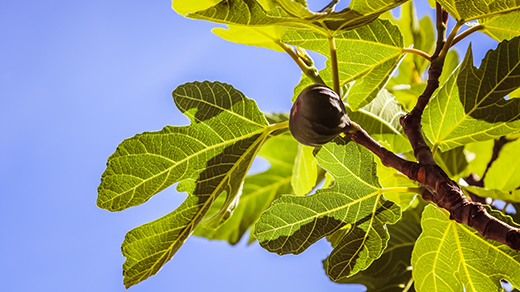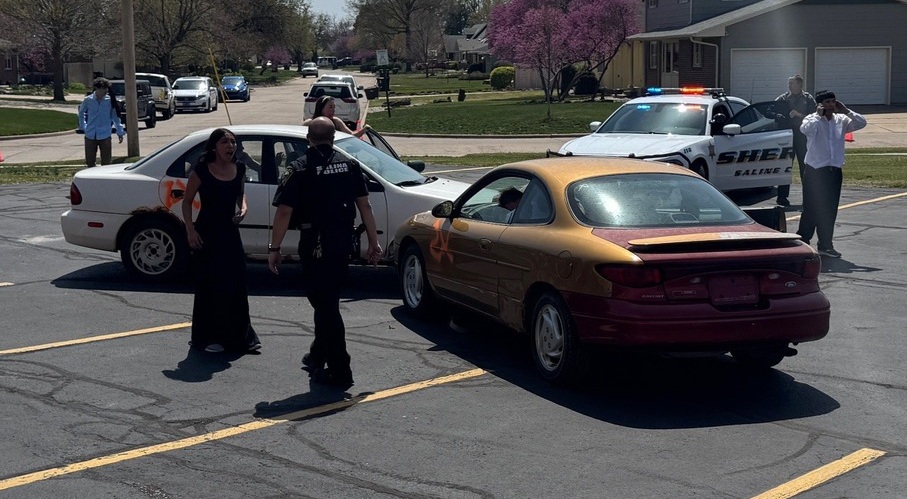Figs aren’t a popular fruit to grow in Kansas, but Kansas State University horticulture expert Ward Upham says it can be done. More hardy varieties can withstand the state’s cold winters and produce fruit by the following fall, he notes.
“Most fig trees are only hardy (until temperatures reach) 12 to 15 degrees Fahrenheit, though some are hardy down to 0 to 5 degrees,” Upham said.
While the top growth will likely die during the winter, hardy varieties can resprout from the base and produce a shrub by the end of the growing season.
“So we can’t grow fig trees in Kansas, but we can grow a fig shrub,” Upham said “Since (fig) fruit is borne on new wood, Kansans can often enjoy a late harvest before cold weather shuts down growth.”
Most fig varieties are self-fruitful, which means they will produce fruit without requiring a second variety, while others need cross-pollination to bear fruit. Upham advises consumers to read the variety description to determine what the plant needs to produce fruit.
“Choose only the hardiest varieties,” he said. “Chicago Hardy, Stella, Olympic and Peter’s Honey Fig were all recommended by The Giving Grove of Kansas City. Florea is recommended for cold climates by One Green World (of Portland, Ore.). I chose Chicago Hardy and Florea for my garden.”
Upham added that fig flowers are inside the fruit and won’t be visible.
The color of the mature fruit varies by variety and is mushy when ripe. Upham recommends drying the fruit to extend its shelf life; like other fresh fruit, figs won’t stay good for long periods of time, he said.
Upham and his colleagues in K-State’s Department of Horticulture and Natural Resources produce a weekly Horticulture Newsletter with tips for maintaining home landscapes and gardens. The newsletter is available to view online or can be delivered by email each week.
Interested persons can also send their garden and yard-related questions to Upham at wupham@ksu.edu, or contact your local K-State Research and Extension office.



